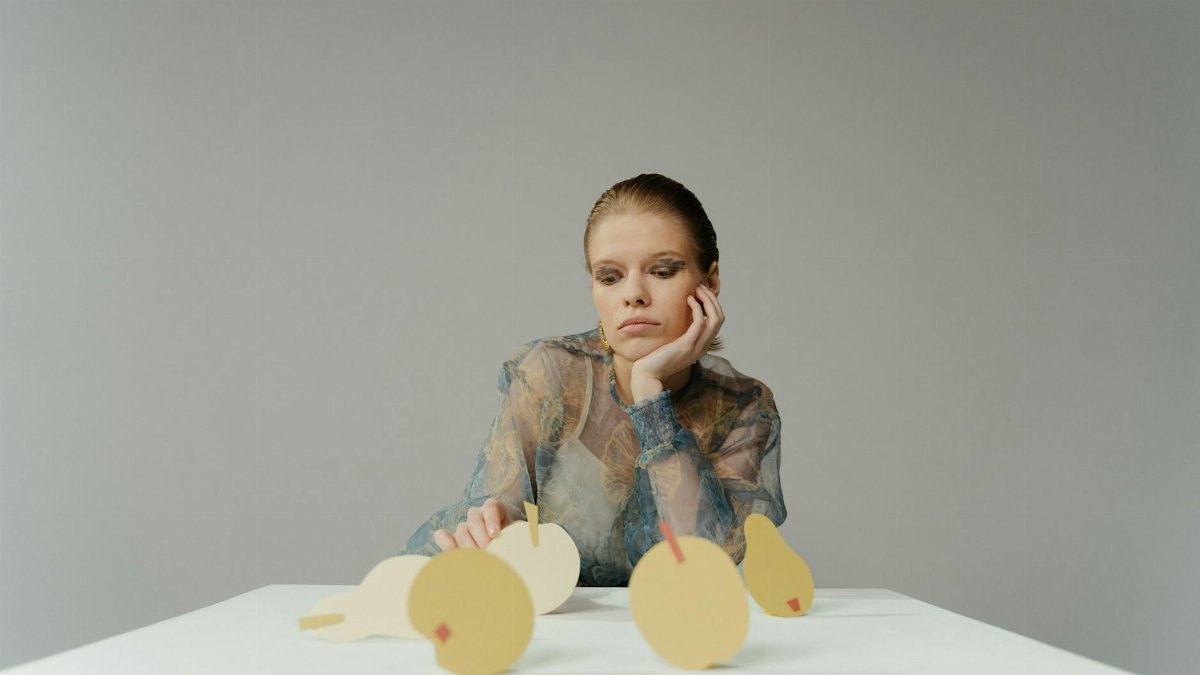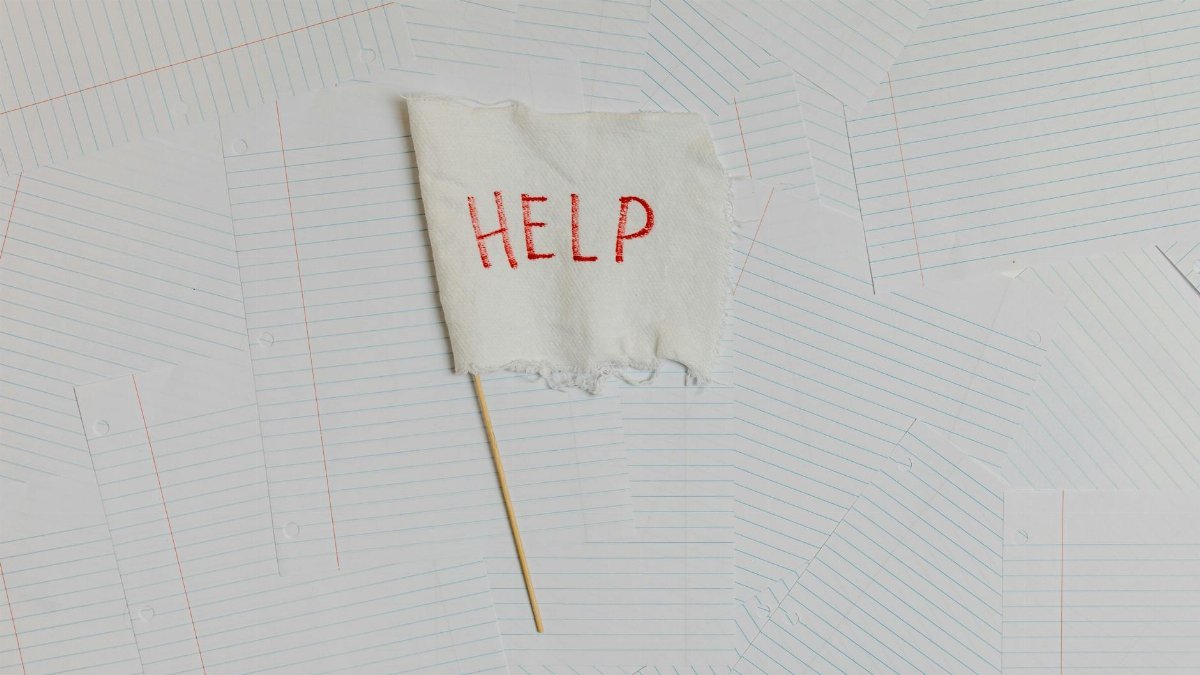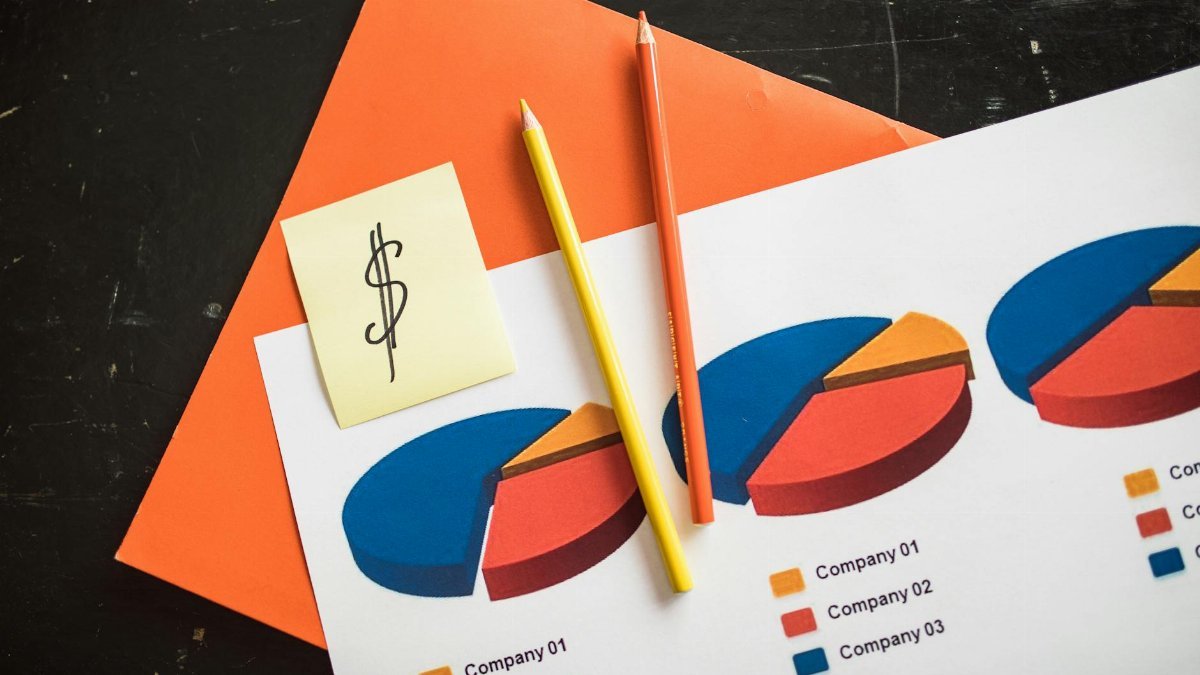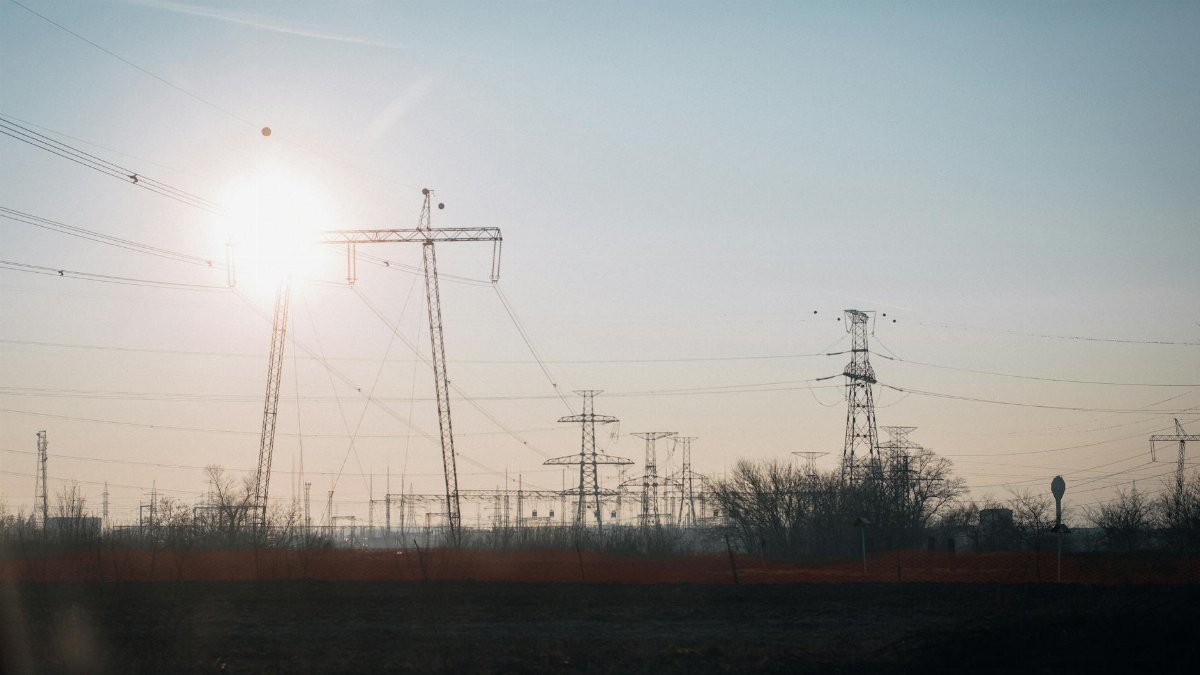Imagine a couple sitting at their kitchen table, a notebook between them, scribbling lines and circles to chart the same argument they’ve had for months. It’s not therapy, not mediation, but a quiet, deliberate act of using a conflict mapping tool. This approach, gaining traction among those weary of endless disputes, offers a visual way to untangle the knots of disagreement. By laying out triggers, emotions, and patterns on paper or a digital platform, individuals and groups can see where misunderstandings spiral. It’s not a magic fix, but in a world where communication often falters, these tools provide a tangible starting point. For many Americans in 2025, stuck in cycles of personal or professional conflict, this method is emerging as a practical lifeline—one that prioritizes clarity over confrontation.
The Roots of Conflict Mapping

Conflict mapping tools didn’t appear out of thin air. They trace back to fields like international diplomacy and peacebuilding, where mediators used diagrams to visualize complex disputes between nations or communities. Think of sprawling charts mapping stakeholders, grievances, and power dynamics during post-conflict negotiations. Over time, this concept trickled down to more intimate settings—think workplaces, schools, and even homes. The idea is simple: if you can see the structure of a conflict, you’re better equipped to navigate it. A 2019 report from the United States Institute of Peace highlights how visual tools help de-escalate tensions by making abstract issues concrete. What started as a strategy for global crises now helps a couple in Des Moines pinpoint why dishes in the sink always spark a fight.
Today, these tools are less about geopolitics and more about everyday friction. They’ve evolved into accessible formats—apps, templates, or even hand-drawn sketches—that anyone can use. The shift reflects a broader cultural hunger for structured ways to handle disagreement without resorting to shouting matches or silence.
How a Conflict Mapping Tool Works

At its core, a conflict mapping tool is about visualization. Start with a central issue—say, a recurring argument over money with a partner. Draw a circle for that issue in the middle of a page. Branch out with lines to related factors: stress from work, differing values about spending, or even a snarky comment that lingers. Add emotions tied to each factor—frustration, fear, resentment. Suddenly, what felt like a single, insurmountable fight reveals itself as a web of manageable pieces. Resources from the Beyond Intractability Knowledge Base, run by the University of Colorado, break down this process with actionable steps for beginners.
The beauty lies in the clarity. One person might realize their anger isn’t about the credit card bill but about feeling unheard. Another might spot a pattern of defensiveness that fuels the cycle. Digital tools, like mind-mapping software, take this further with color-coding and collaborative features, letting multiple parties contribute in real time.
Why Visuals Cut Through the Noise

Humans are wired for visuals. Studies show we process images faster than text, and diagrams can anchor abstract ideas in something tangible. A 2020 study from the American Psychological Association on learning and memory found that visual aids improve comprehension and retention by up to 65% compared to verbal explanations alone. When applied to conflict, this means a mapped-out disagreement isn’t just a fleeting conversation—it sticks. You see the problem, literally, and that shifts how you approach it.
Consider a workplace scenario. A team in Seattle, frustrated by missed deadlines, used a conflict mapping tool during a tense meeting. They charted out miscommunications, workload imbalances, and unspoken resentments. One manager later noted how seeing the diagram made blame feel irrelevant; the focus turned to solutions. It’s not just about understanding—it’s about defusing emotional charge through structure.
Challenges in Mapping Personal Disputes

Not every conflict bends easily to a diagram. Personal disputes, especially, carry emotional weight that a neat chart can’t always capture. One partner might resist the exercise, feeling it’s too clinical for raw feelings. Another might struggle to name their emotions, leaving the map incomplete. Online discussions often reveal a common frustration: the tool feels like homework when all you want is to be understood, not analyzed.
There’s also the risk of over-simplification. A map might suggest a clear cause-and-effect, but human relationships rarely work that way. Hurt feelings don’t fit neatly into boxes. Still, even partial maps can open a door. The act of trying, of sitting down together to trace the mess, often signals a willingness to move forward.
Applications Beyond the Personal

While couples and families are turning to conflict mapping tools, their reach extends further. Schools use them to mediate student disagreements, with educators trained through programs like those outlined by the U.S. Department of Education. Businesses adopt them for team dynamics, especially in remote work settings where miscommunication festers unseen. A tech startup in Austin, for instance, credited a mapping session with resolving a months-long rift over project ownership. The visual layout cut through email threads and pointed to a shared goal everyone had overlooked.
In 2025, as hybrid work and digital interactions dominate, these tools are finding new relevance. They bridge gaps where tone and intent get lost in Slack messages or Zoom calls. What was once a niche strategy now feels like a necessity for maintaining connection across contexts.
Getting Started Without Overwhelm

Starting with a conflict mapping tool doesn’t require expertise. Grab a piece of paper, or download a free app like MindMeister or XMind. Pick one specific issue—not a vague “we fight all the time,” but something concrete, like “why we argue over weekend plans.” List the players involved, the emotions at play, and the triggers you notice. Don’t overthink it; the first draft is rarely perfect. The goal is to externalize the problem, to see it outside your head.
For those hesitant, start small. Map a minor disagreement first, like a spat over chores, before tackling deeper issues. Pair the exercise with a calm moment—don’t attempt it mid-argument. And if drawing feels awkward, use sticky notes or a whiteboard. The tactile act can ground you, turning frustration into a puzzle to solve together.
When Mapping Isn’t Enough

Sometimes, a conflict mapping tool reveals a stark truth: the issue runs deeper than a diagram can reach. A map might show irreconcilable differences or wounds that need more than visualization to heal. One anonymous account shared publicly described mapping a family conflict only to realize the core problem was decades of unspoken grief. The tool helped identify it, but resolution required professional support.
That’s the limit of mapping—it’s a starting point, not a cure. Therapists often pair it with other methods, using the visual as a conversation starter. It’s also worth noting that not every conflict needs mapping. Sometimes, a heartfelt apology or a long walk does more than any chart. Knowing when to set the tool aside is as important as knowing when to pick it up.
The Quiet Power of Seeing Clearly

There’s something disarming about seeing a conflict laid bare on a page. It strips away the heat of the moment, replacing it with lines and words you can point to. For many in 2025, as personal and societal tensions simmer, a conflict mapping tool offers a rare kind of control—not over the other person, but over how you understand the problem. It’s less about winning and more about navigating.
Back at that kitchen table, the couple with the notebook might not solve everything in one sitting. But they’ve started. They’ve drawn the first messy lines of a map that, over time, could guide them out of the same old fight. In a culture quick to argue or disengage, that act of mapping feels like a small, stubborn stand for connection.
Natasha is the heart of our exploration into conscious connection. Applying principles from multiple counseling courses in her own life, she guides you to cultivate stronger, more joyful bonds.
Disclaimer
The content on this post is for informational purposes only. It is not intended as a substitute for professional health or financial advice. Always seek the guidance of a qualified professional with any questions you may have regarding your health or finances. All information is provided by FulfilledHumans.com (a brand of EgoEase LLC) and is not guaranteed to be complete, accurate, or reliable.
